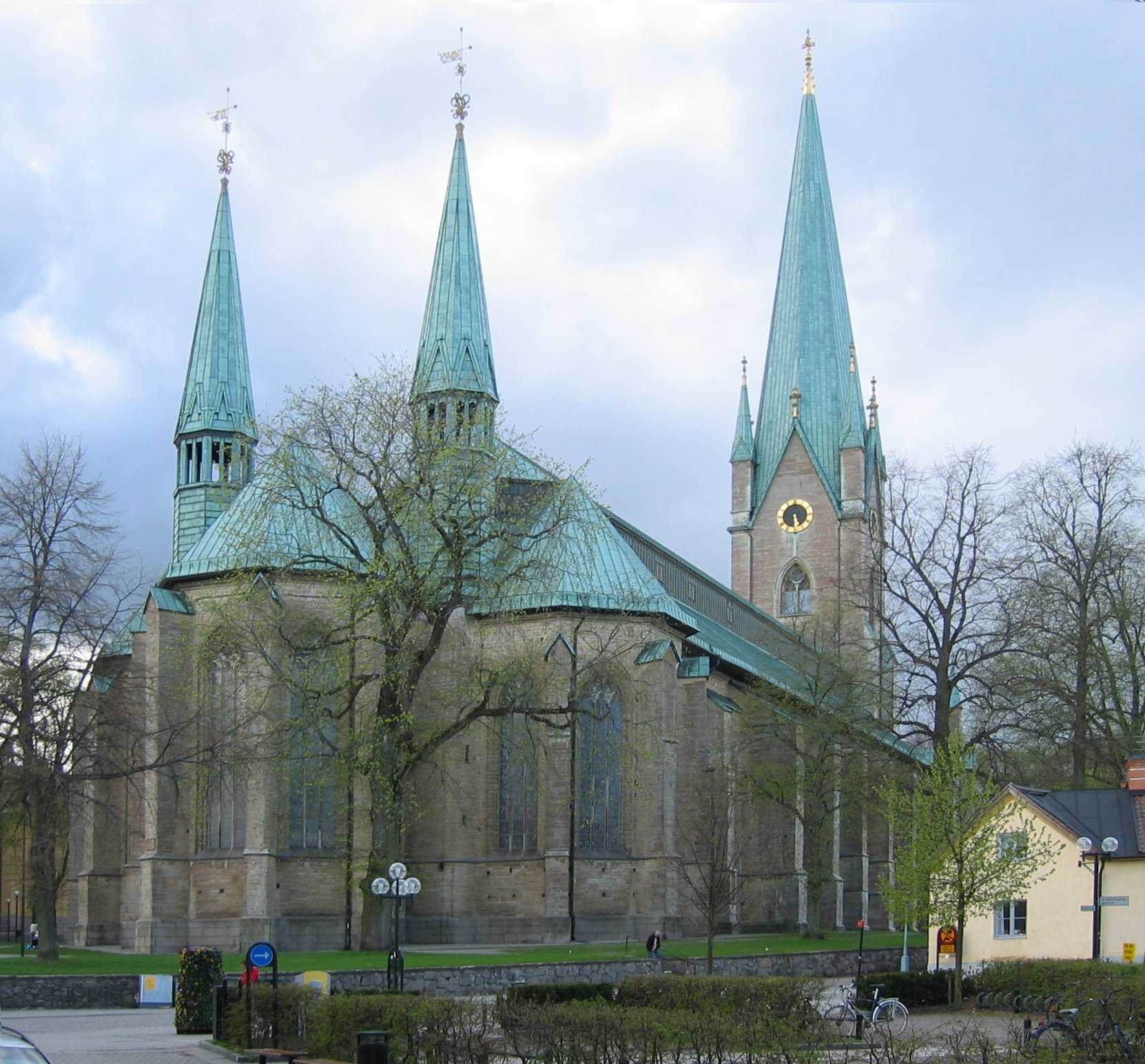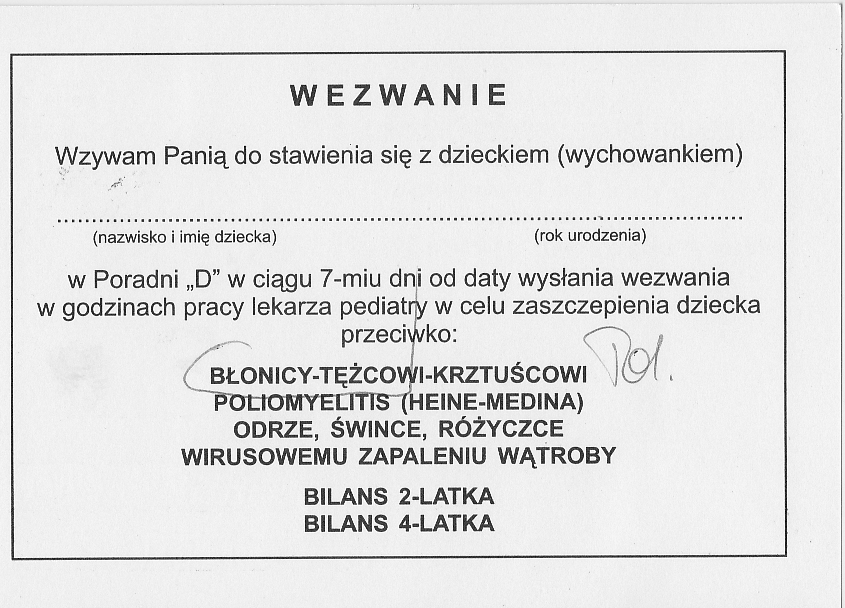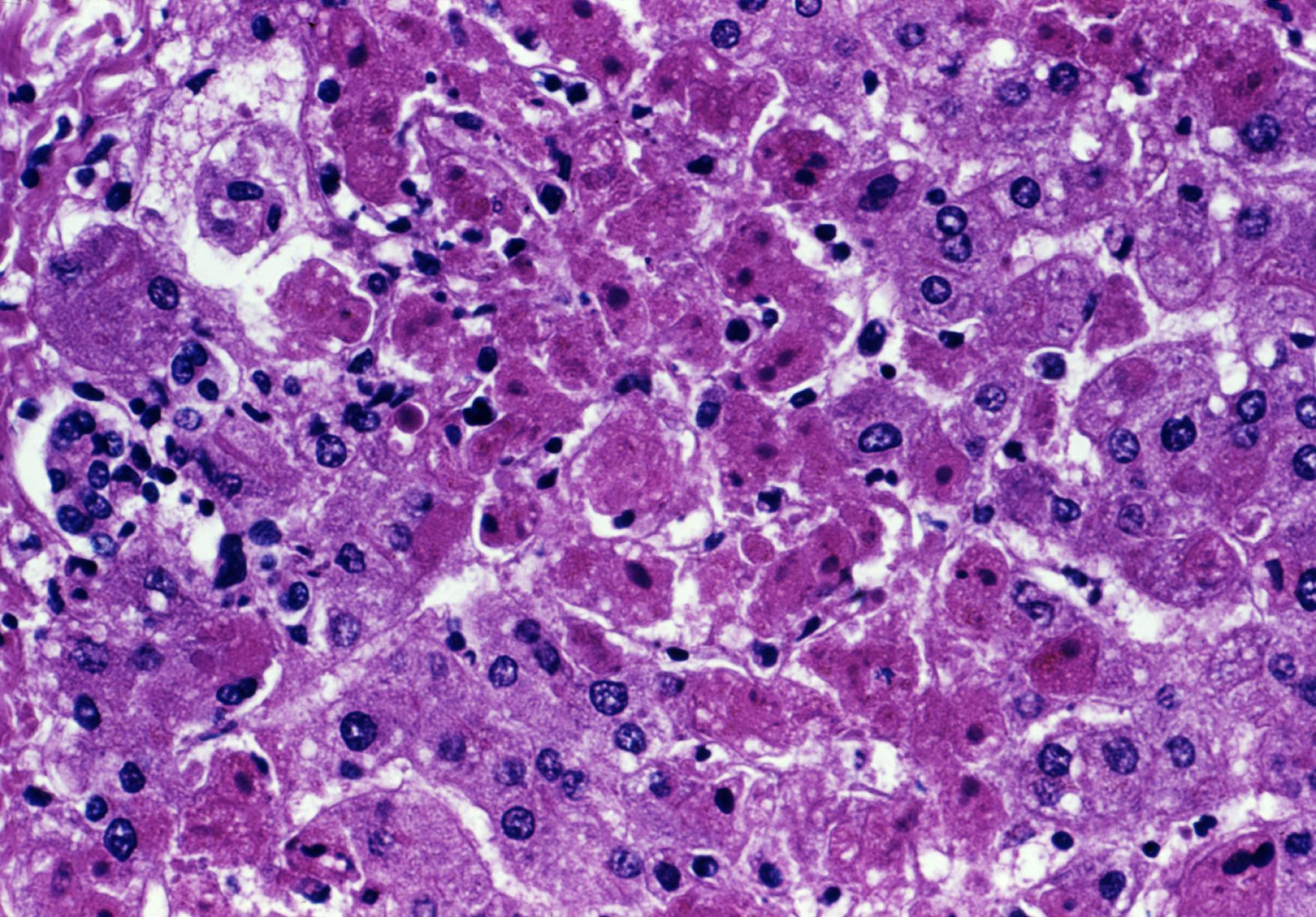|
Anders Tegnell
Nils Anders Tegnell (born 17 April 1956) is a Swedish civil servant and physician specialising in infectious disease. From 2013 until his resignation in March 2022 he was Sweden's state epidemiologist. Tegnell has had key roles in the Swedish response to the 2009 swine flu pandemic and the COVID-19 pandemic. During the COVID-19 pandemic in 2020, he became a divisive figure in Sweden and internationally due to his and the Public Health Agency of Sweden's opposition to lockdowns, travel restrictions and face masks for general use, which were widely adopted in many countries to curb the spread of the virus, as well as for his leading role in Sweden's controversial approach. Biography Tegnell was born in Uppsala and grew up in Linköping, where he attended Katedralskolan. He studied medicine at Lund University in 1985, subsequently interning at the county hospital in Östersund, and later specialised in infectious disease at Linköping University Hospital. In that capacity, ... [...More Info...] [...Related Items...] OR: [Wikipedia] [Google] [Baidu] |
State Epidemiologist (Sweden)
The state epidemiologist, or the chief epidemiologist (plural: ''state epidemiologists'' or ''chief epidemiologists'', sv, statsepidemiolog) is a Swedish civil servant. The current state epidemiologist is Anders Tegnell, with Anders Wallensten as deputy state epidemiologist. Initially, the state epidemiologist was the head of the epidemiology department at the State Bacteriological Laboratory at the time of its establishment in 1955. In 1993, the post was transferred to the newly founded agency Institute for Communicable Disease Control. After the Institute was merged with Swedish National Institute of Public Health in 2014, the post became part of the new agency, the Public Health Agency of Sweden. List of Swedish state epidemiologists * 1956–1976: Bo Zetterberg * 1976–1993: Margareta Böttiger * 1995–2005: Johan Giesecke * 2005–2013: Annika Linde * 2013–present: Anders Tegnell See also * Healthcare in Sweden * COVID-19 pandemic in Sweden The COVID-19 pandem ... [...More Info...] [...Related Items...] OR: [Wikipedia] [Google] [Baidu] |
Linköping
Linköping () is a city in southern Sweden, with around 105,000 inhabitants as of 2021. It is the seat of Linköping Municipality and the capital of Östergötland County. Linköping is also the episcopal see of the Diocese of Linköping (Church of Sweden) and is well known for its cathedral. Linköping is the center of an old cultural region and celebrated its 700th anniversary in 1987. Dominating the city's skyline from afar is the steeple of the cathedral, Domkyrka. Nowadays, Linköping is known for its university and its high-technology industry. Linköping wants to create a sustainable development of the city and therefore plans to become a carbon-neutral community by 2025. Located on the Östergötland Plain, Linköping is closely linked to Norrköping, roughly to the east, near the sea. History The city is possibly named after the '' Lionga ting'' assembly which according to Medieval Scandinavian laws was the most important thing in Östergötland. Exact location ... [...More Info...] [...Related Items...] OR: [Wikipedia] [Google] [Baidu] |
Expressen
''Expressen'' (''The Express'') is one of two nationwide evening newspapers in Sweden, the other being '' Aftonbladet''. ''Expressen'' was founded in 1944; its symbol is a wasp and its slogans are "it stings" or "''Expressen'' to your rescue". Overview The first edition of ''Expressen'' was published on 16 November 1944. A main feature that day was an interview with the crew members of a British bomber who were successful in sinking the German ship ''Tirpitz''. A project of Albert Bonnier Jr., Carl-Adam Nycop, and Ivar Harrie – who was to become the first editor-in-chief – Expressen was created in part to push back against "national socialism and related violent ideologies." The paper is owned by the Bonnier Group. As of 2005, the paper had a liberal stance, but it declared its independent leaning in 1995. Through mergers, the Gothenburg edition of ''Expressen'' is titled '' GT'' (originally ''Göteborgs-Tidningen'') and the Malmö edition is titled ''Kvällsposten'', ... [...More Info...] [...Related Items...] OR: [Wikipedia] [Google] [Baidu] |
Dagens Nyheter
''Dagens Nyheter'' (, ), abbreviated ''DN'', is a daily newspaper in Sweden. It is published in Stockholm and aspires to full national and international coverage, and is widely considered Sweden's newspaper of record. History and profile ''Dagens Nyheter'' was founded by Rudolf Wall in December 1864. The first issue was published on 23 December 1864. During its initial period the paper was published in the morning. In 1874 the paper became a joint stock company. Its circulation in 1880 was 15,000 copies. In the 1890s, Wall left ''Dagens Nyheter'' and soon after, the paper became the organ of the Liberal Party. From 1946 to 1959, Herbert Tingsten was the executive editor. The newspaper is owned by the Bonnier Group since 1909, when Karl Otto Bonnier acquired the remaining shares that his family had not owned (his father Albert had already acquired some shares since 1888). [...More Info...] [...Related Items...] OR: [Wikipedia] [Google] [Baidu] |
Vaccination Program
A vaccination schedule is a series of vaccinations, including the timing of all doses, which may be either recommended or compulsory, depending on the country of residence. A vaccine is an antigenic preparation used to produce active immunity to a disease, in order to prevent or reduce the effects of infection by any natural or "wild" pathogen. Many vaccines require multiple doses for maximum effectiveness, either to produce sufficient initial immune response or to boost response that fades over time. For example, tetanus vaccine boosters are often recommended every 10 years. Vaccine schedules are developed by governmental agencies or physicians groups to achieve maximum effectiveness using required and recommended vaccines for a locality while minimizing the number of health care system interactions. Over the past two decades, the recommended vaccination schedule has grown rapidly and become more complicated as many new vaccines have been developed. Some vaccines are recommende ... [...More Info...] [...Related Items...] OR: [Wikipedia] [Google] [Baidu] |
Laos
Laos (, ''Lāo'' )), officially the Lao People's Democratic Republic ( Lao: ສາທາລະນະລັດ ປະຊາທິປະໄຕ ປະຊາຊົນລາວ, French: République démocratique populaire lao), is a socialist state and the only landlocked country in Southeast Asia. At the heart of the Indochinese Peninsula, Laos is bordered by Myanmar and China to the northwest, Vietnam to the east, Cambodia to the southeast, and Thailand to the west and southwest. Its capital and largest city is Vientiane. Present-day Laos traces its historic and cultural identity to Lan Xang, which existed from the 14th century to the 18th century as one of the largest kingdoms in Southeast Asia. Because of its central geographical location in Southeast Asia, the kingdom became a hub for overland trade and became wealthy economically and culturally. After a period of internal conflict, Lan Xang broke into three separate kingdoms: Luang Phrabang, Vientiane and Champasak. In ... [...More Info...] [...Related Items...] OR: [Wikipedia] [Google] [Baidu] |
World Health Organization
The World Health Organization (WHO) is a specialized agency of the United Nations responsible for international public health. The WHO Constitution states its main objective as "the attainment by all peoples of the highest possible level of health". Headquartered in Geneva, Switzerland, it has six regional offices and 150 field offices worldwide. The WHO was established on 7 April 1948. The first meeting of the World Health Assembly (WHA), the agency's governing body, took place on 24 July of that year. The WHO incorporated the assets, personnel, and duties of the League of Nations' Health Organization and the , including the International Classification of Diseases (ICD). Its work began in earnest in 1951 after a significant infusion of financial and technical resources. The WHO's mandate seeks and includes: working worldwide to promote health, keeping the world safe, and serve the vulnerable. It advocates that a billion more people should have: universal health care coverag ... [...More Info...] [...Related Items...] OR: [Wikipedia] [Google] [Baidu] |
Västerviks-Tidningen
''Västerviks-Tidningen'' is a Swedish daily newspaper based in Västervik Västervik is a city and the seat of Västervik Municipality, Kalmar County, Sweden, with 36,747 inhabitants in 2021. Västervik is one of three coastal towns with a notable population size in the province of Småland. Climate Västervik .... History and profile ''Västerviks-Tidningen'' was established in 1834. Its chief editor is Charly Nilsson. The paper is a part of the Norrköping Tidningar Media AB which also owns '' Norrköpings Tidningar''. The publisher of ''Västerviks-Tidningen'' has been Pressgrannar AB since January 2012. ''Västerviks-Tidningen'' has its headquarters in Västervik. References External links Official Homepage(Swedish) 1834 establishments in Sweden Publications established in 1834 Daily newspapers published in Sweden Swedish-language newspapers Mass media in Västervik {{Sweden-newspaper-stub ... [...More Info...] [...Related Items...] OR: [Wikipedia] [Google] [Baidu] |
Marburg Virus Disease
Marburg virus disease (MVD; formerly Marburg hemorrhagic fever) is a viral hemorrhagic fever in humans and primates caused by either of the two Marburgviruses: Marburg virus (MARV) and Ravn virus (RAVV). Its clinical symptoms are very similar to those of Ebola virus disease (EVD). Egyptian fruit bats are believed to be the normal carrier in nature and Marburg virus RNA has been isolated from them. Signs and symptoms The most detailed study on the frequency, onset, and duration of MVD clinical signs and symptoms was performed during the 1998–2000 mixed MARV/RAVV disease outbreak. A maculopapular rash, petechiae, purpura, ecchymoses, and hematomas (especially around needle injection sites) are typical hemorrhagic manifestations. However, contrary to popular belief, hemorrhage does not lead to hypovolemia and is not the cause of death (total blood loss is minimal except during labor). Instead, death occurs due to multiple organ dysfunction syndrome (MODS) due to fluid redistri ... [...More Info...] [...Related Items...] OR: [Wikipedia] [Google] [Baidu] |
Ebola Virus Disease
Ebola, also known as Ebola virus disease (EVD) and Ebola hemorrhagic fever (EHF), is a viral hemorrhagic fever in humans and other primates, caused by ebolaviruses. Symptoms typically start anywhere between two days and three weeks after becoming infected with the virus. The first symptoms are usually fever, sore throat, muscle pain, and headaches. These are usually followed by vomiting, diarrhoea, rash and decreased liver and kidney function, at which point, some people begin to bleed both internally and externally. The disease kills between 25% and 90% of those infected – about 50% on average. Death is often due to shock from fluid loss, and typically occurs between six and 16 days after the first symptoms appear. Early treatment of symptoms increases the survival rate considerably compared to late start. The virus spreads through direct contact with body fluids, such as blood from infected humans or other animals, or from contact with items that have recently been conta ... [...More Info...] [...Related Items...] OR: [Wikipedia] [Google] [Baidu] |
Viral Hemorrhagic Fever
Viral hemorrhagic fevers (VHFs) are a diverse group of animal and human illnesses in which fever and hemorrhage are caused by a viral infection. VHFs may be caused by five distinct families of RNA viruses: the families ''Filoviridae'', ''Flaviviridae'', ''Rhabdoviridae'', and several member families of the ''Bunyavirales'' order such as '' Arenaviridae'', and ''Hantaviridae''. All types of VHF are characterized by fever and bleeding disorders and all can progress to high fever, shock and death in many cases. Some of the VHF agents cause relatively mild illnesses, such as the Scandinavian '' nephropathia epidemica'' (a hantavirus), while others, such as Ebola virus, can cause severe, life-threatening disease. Signs and symptoms Signs and symptoms of VHFs include (by definition) fever and bleeding: * Flushing of the face and chest, small red or purple spots (petechiae), bleeding, swelling caused by edema, low blood pressure (hypotension), and circulatory shock. * Malaise, muscle ... [...More Info...] [...Related Items...] OR: [Wikipedia] [Google] [Baidu] |
European Centre For Disease Prevention And Control
The European Centre for Disease Prevention and Control (ECDC) is an agency of the European Union (EU) whose mission is to strengthen Europe's defences against infectious diseases. It covers a wide spectrum of activities, such as: surveillance, epidemic intelligence, response, scientific advice, microbiology, preparedness, public health training, international relations, health communication, and the scientific journal ''Eurosurveillance''. The centre was established in 2004 and is headquartered in Solna, Sweden. History As EU economic integration and open frontiers increased, cooperation on public health issues became more important. While the idea of creating a European centre for disease control had been discussed previously by public health experts, the 2003 SARS outbreak and the rapid spread of SARS across country borders confirmed the urgency of the creation of an EU-wide institution for public health. ECDC was set up in record time for an EU agency: the European Commission ... [...More Info...] [...Related Items...] OR: [Wikipedia] [Google] [Baidu] |
.jpg)






